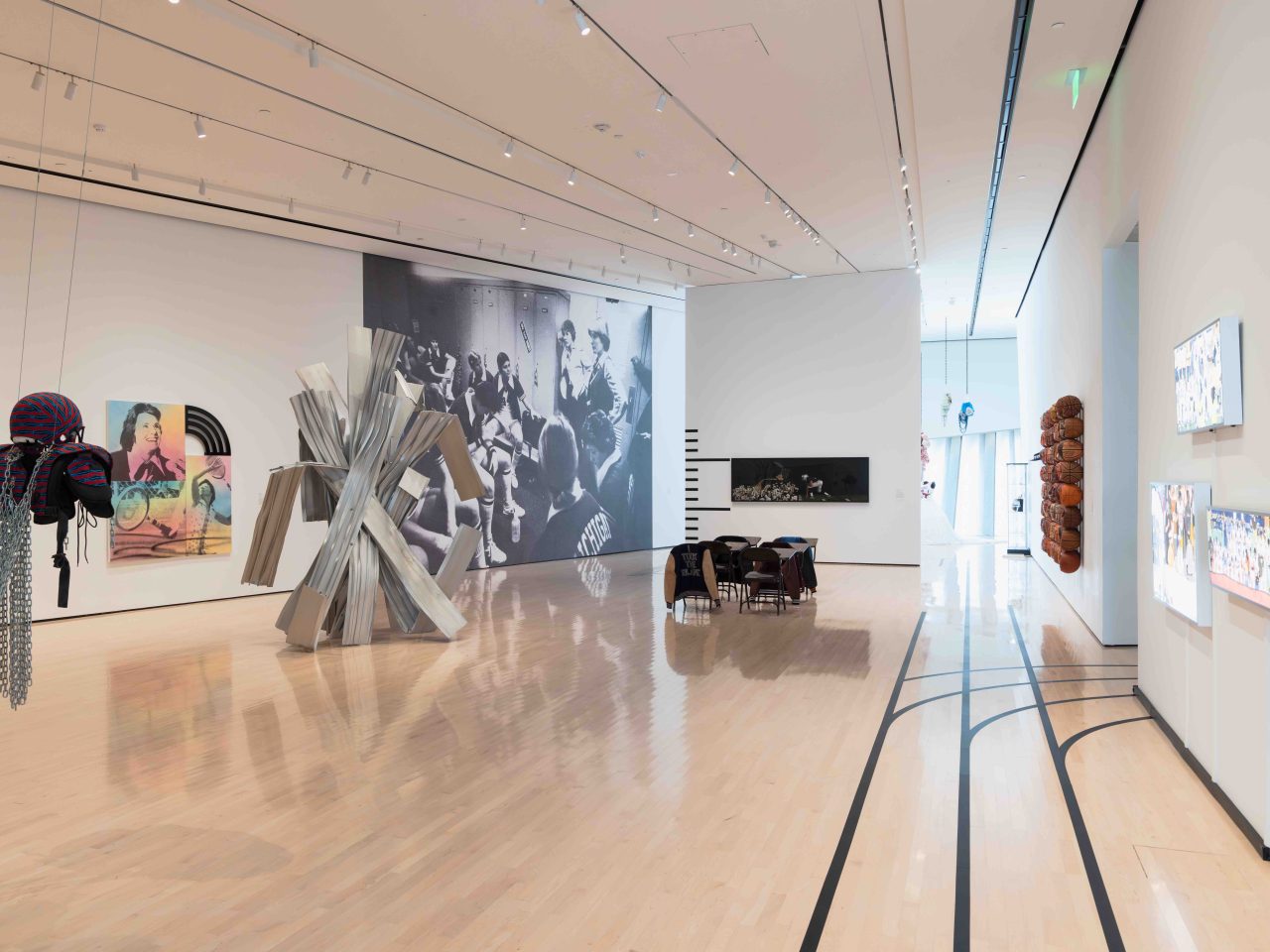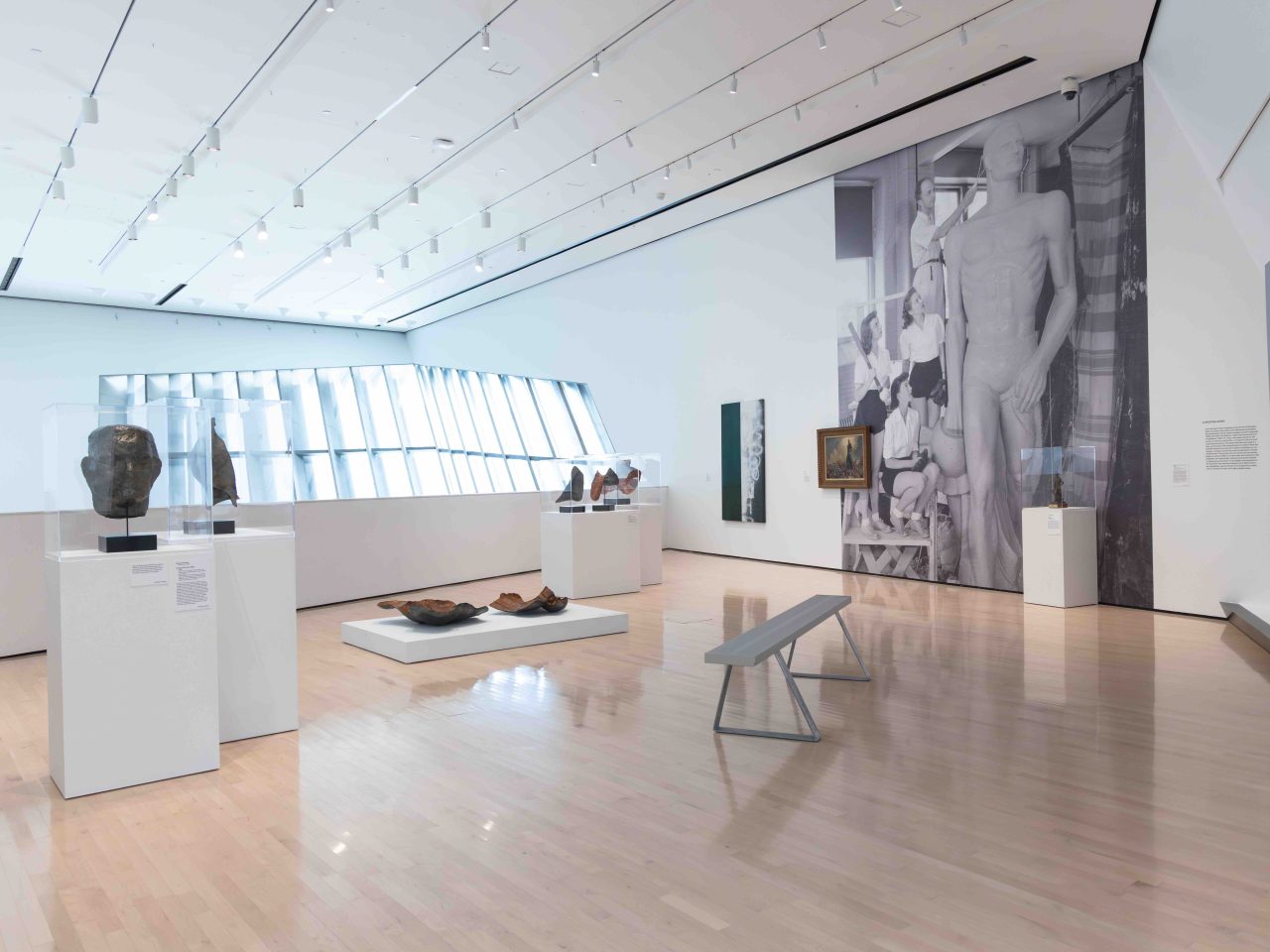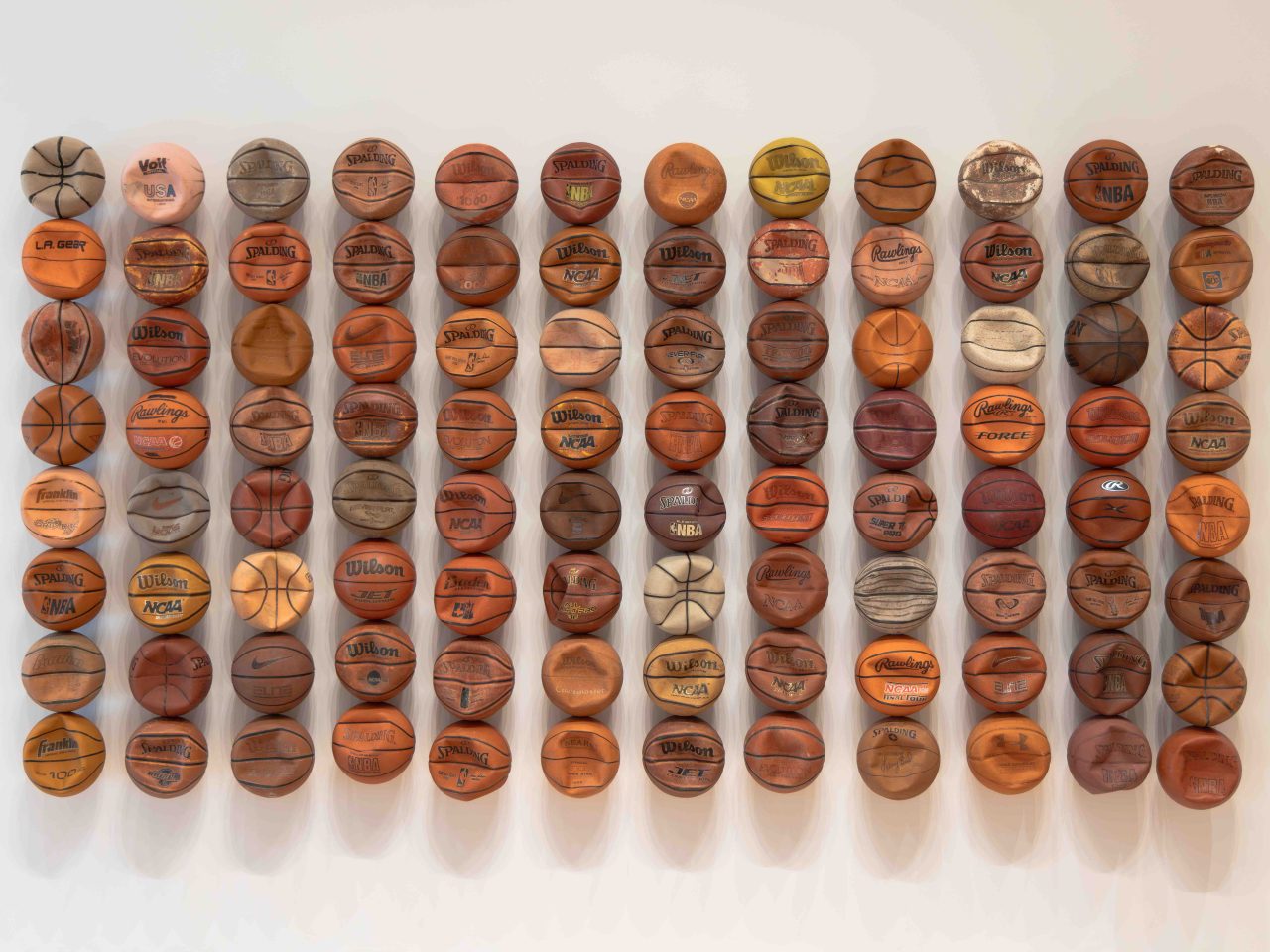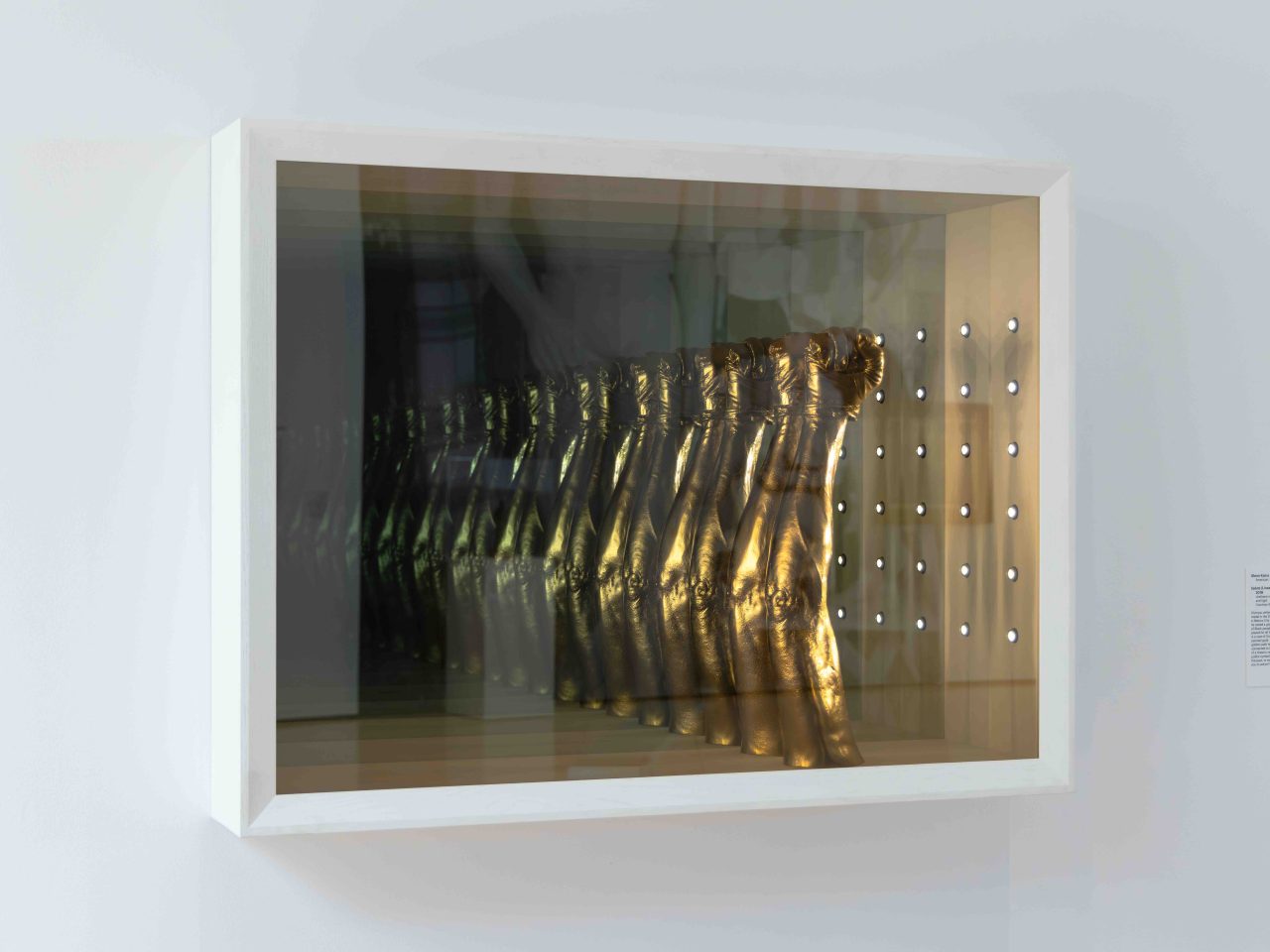Resistance Training: Arts, Sports, and Civil Rights
If you were a professional athlete, a world-renowned artist, or a public figure, how would you use your popular status to effect change? In what directions and to what ends?
About the Exhibition
Resistance Training: Arts, Sports, and Civil Rights explores the shared values between artists and athletes in the advancement of social justice-related issues. Throughout history artists have looked to athletes and other public figures as sources of inspiration, encoding moments of social change in the works of art they create. This exhibition brings together a group of contemporary artists who investigate the intersection of sports and the advancement of civil rights in the United States. From their own personal love of athletics and relationship to sports, to the material and visual culture of athletics, and key moments in this subject’s history, the artists employ a wide range of strategies to share their perspectives.
This is also a Spartan story. Athletics at Michigan State University has been celebrated over the years for its progressive stance when it comes to racial and social integration, and gender equality. However, these battles were often hard won, and the work continues today, making this exhibition all the timelier. In observance of the recent 50-year anniversary of the passing of Title IX legislation in this country (1972), it is an important moment to highlight the many victories in this struggle for civil rights, specifically through the unique relationship between the arts and sports, while also learning from the past and the ongoing struggle for social justice.
Resistance Training: Arts, Sports, and Civil Rights is organized by the Eli and Edythe Broad Art Museum at Michigan State University and curated by Steven L. Bridges, Senior Curator and Director of Curatorial Affairs, and Thaís Wenstrom, Curatorial Research and Administrative Assistant. Major funding for this exhibition is provided by the Alan and Rebecca Ross Endowed Exhibitions Fund, the MSU Federal Credit Union, and the Eli and Edythe Broad Endowed Exhibitions Fund, with additional support from Professor Charles Gliozzo.
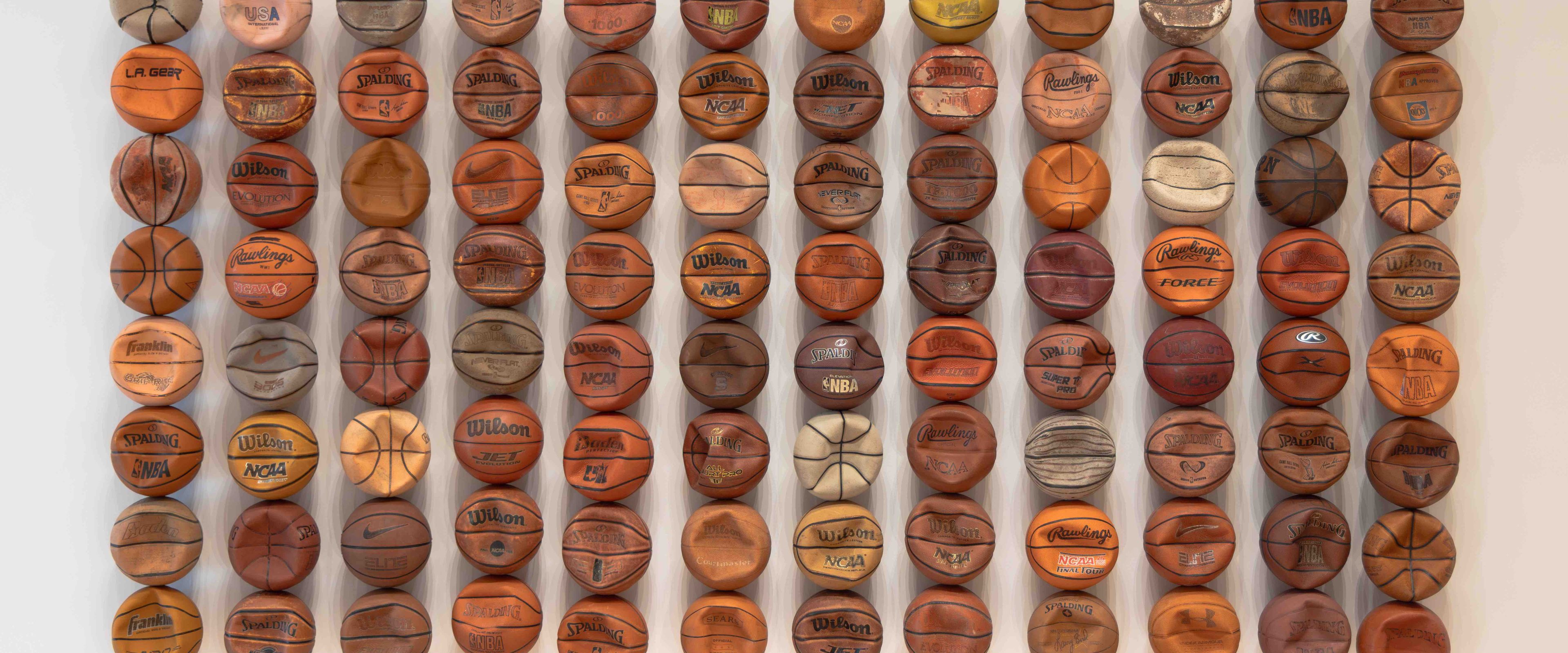
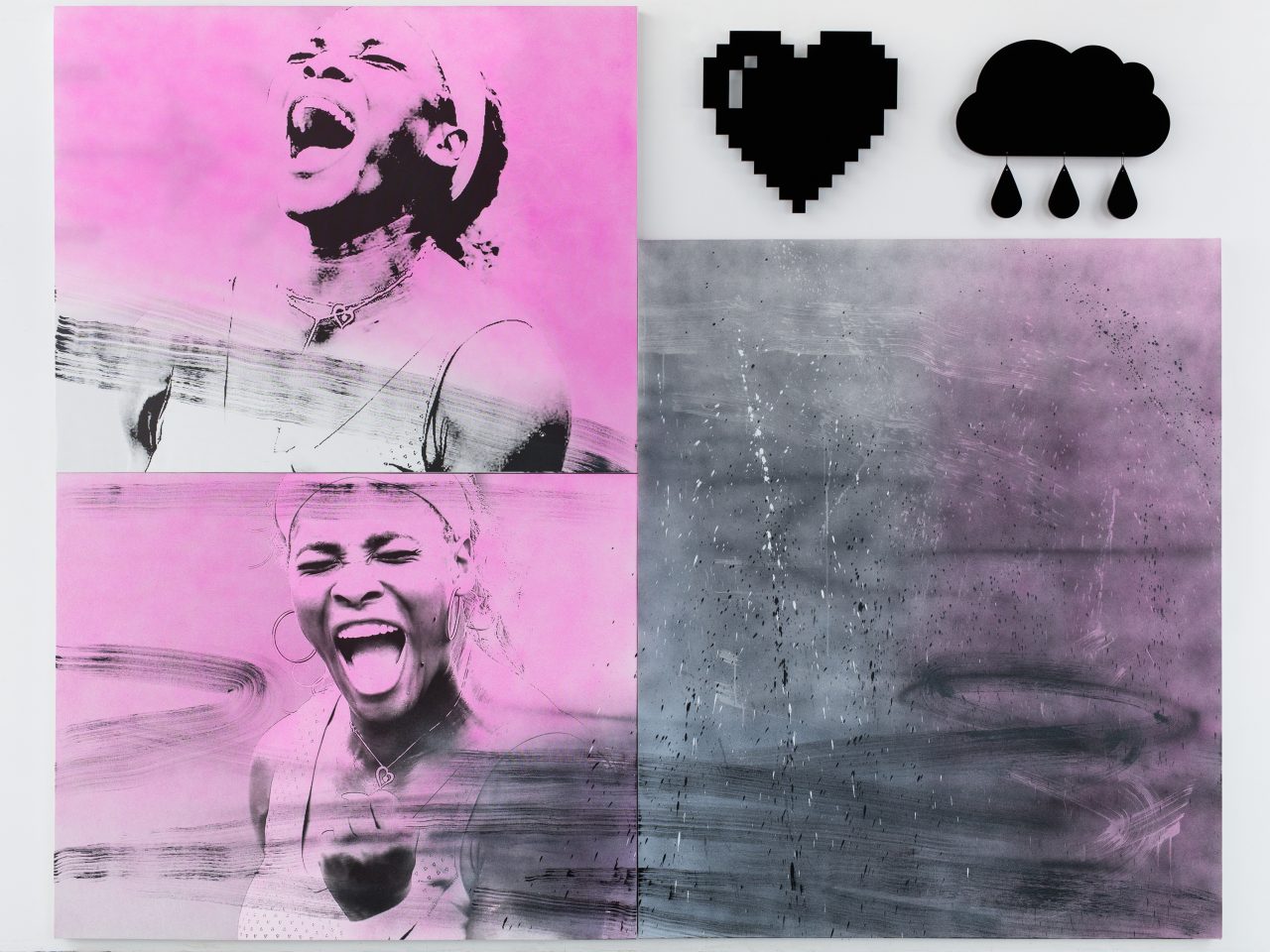 Arts, Sports and Civil Rights exhibit coming to MSU
Arts, Sports and Civil Rights exhibit coming to MSU 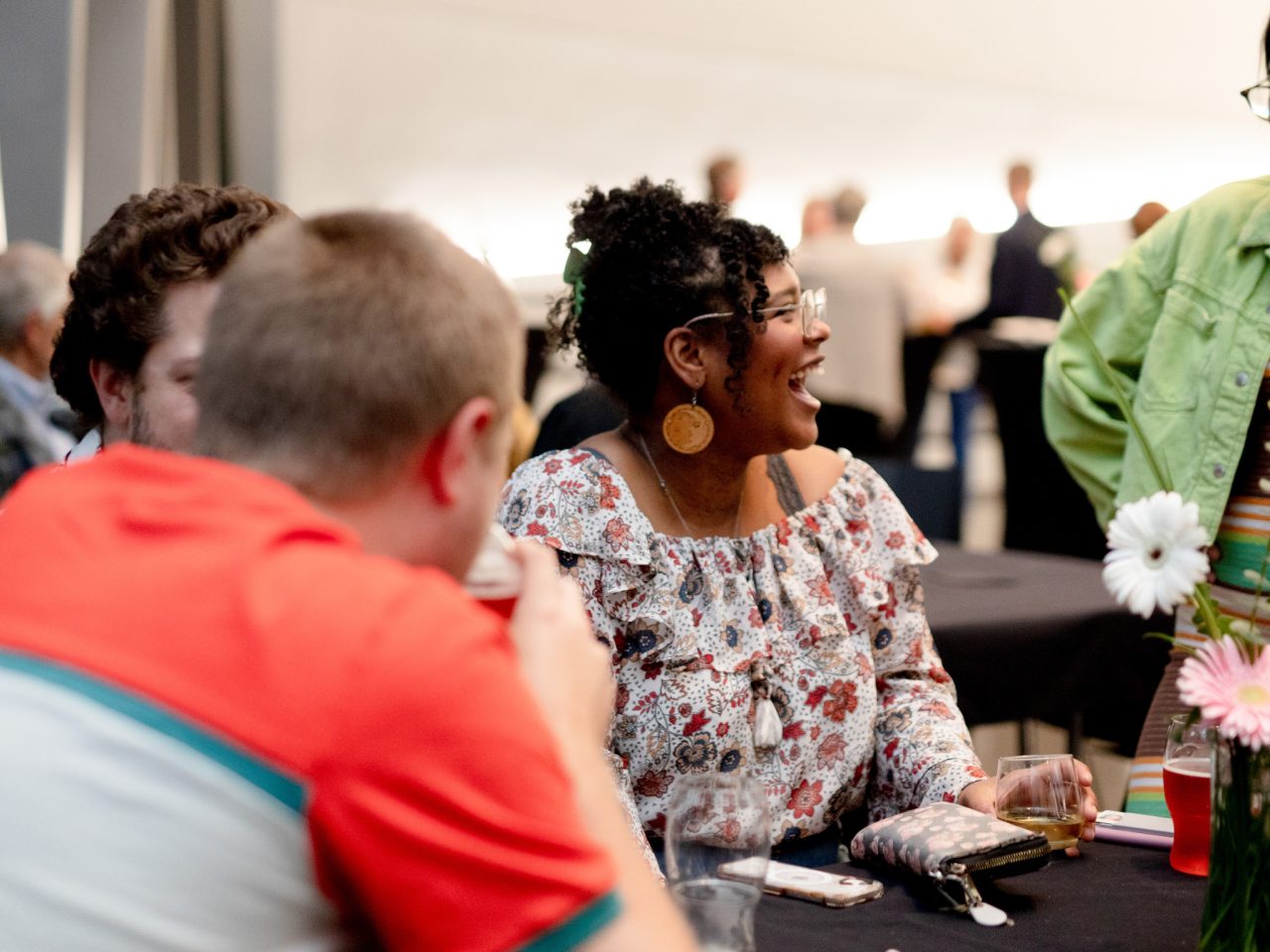 Fall Opening Party
Fall Opening Party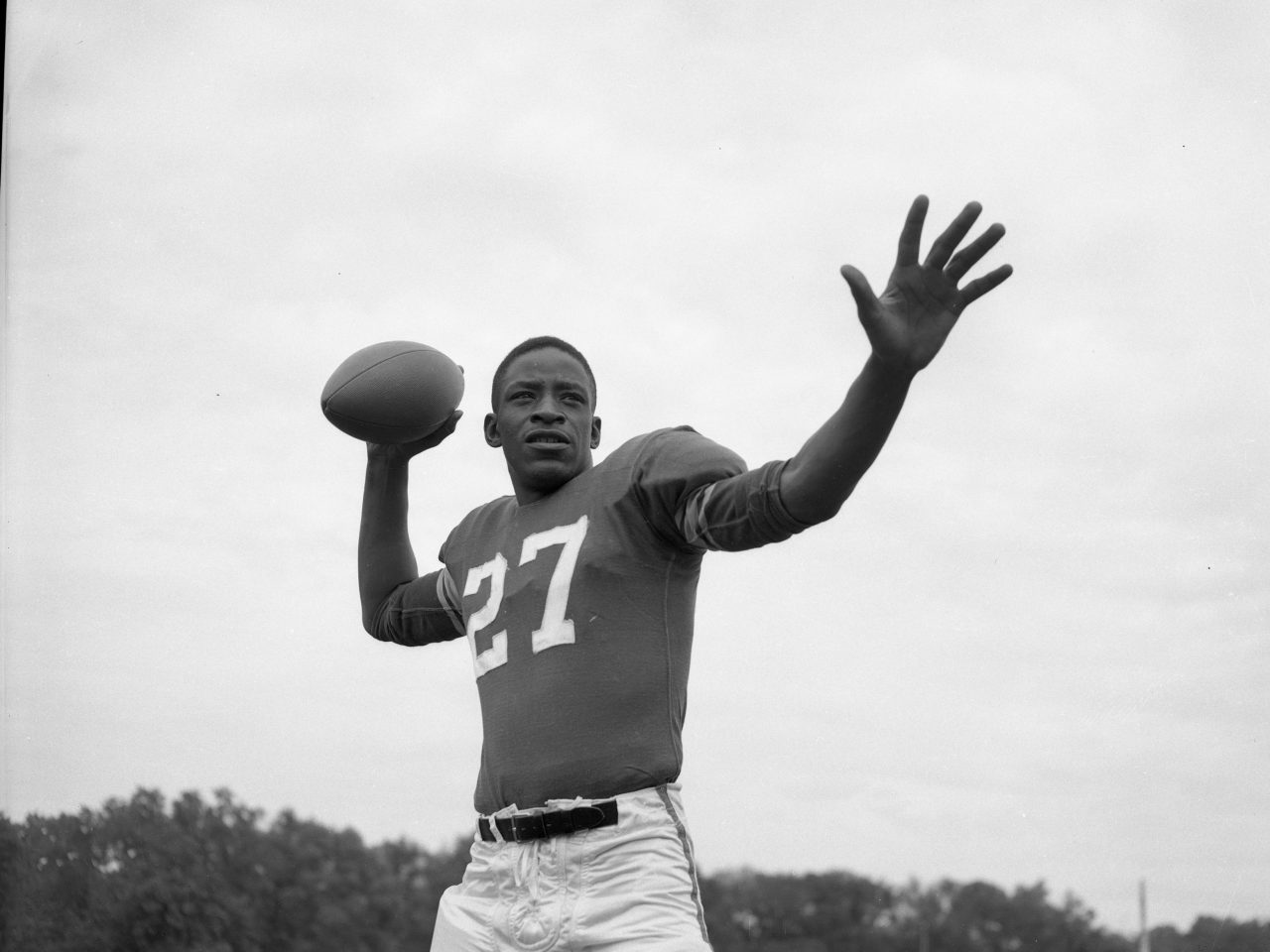 Homecoming Performance: And Those Spartans Play Good Ball
Homecoming Performance: And Those Spartans Play Good Ball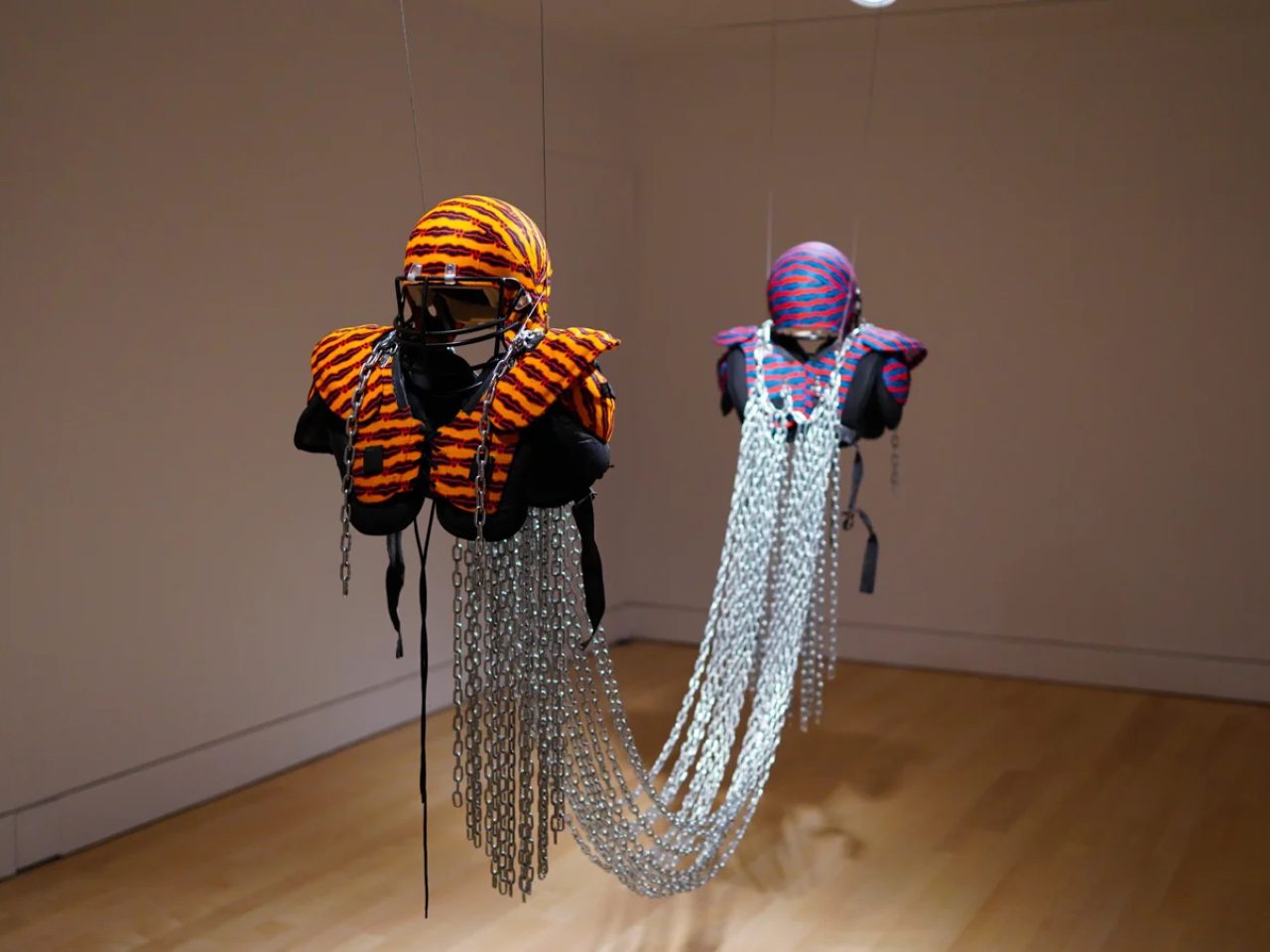 Exhibition Tour: Resistance Training
Exhibition Tour: Resistance Training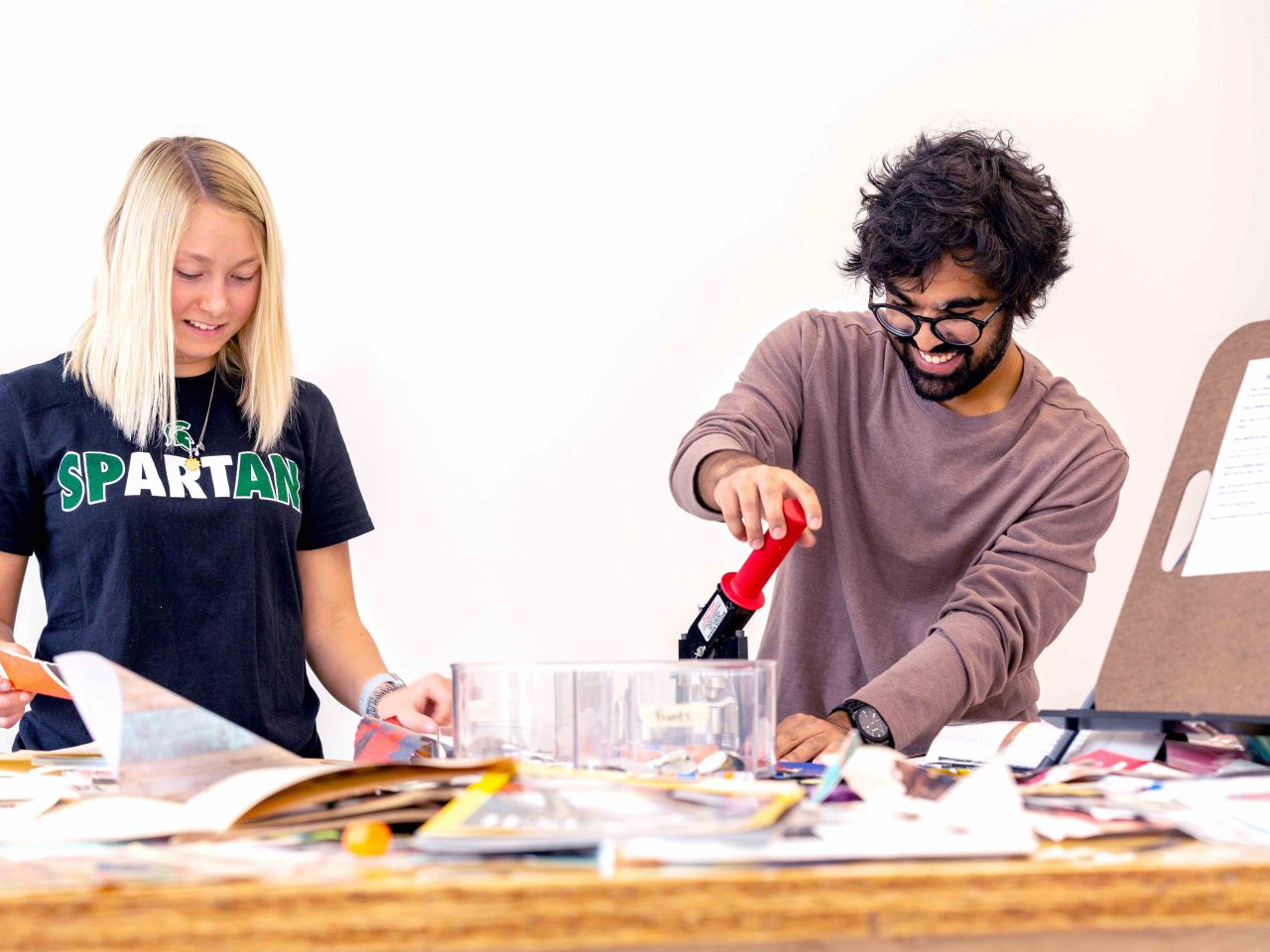 Student Night: Keep calm and SpARTy on!
Student Night: Keep calm and SpARTy on! Broad Underground Film Series: Accidental Athletes
Broad Underground Film Series: Accidental Athletes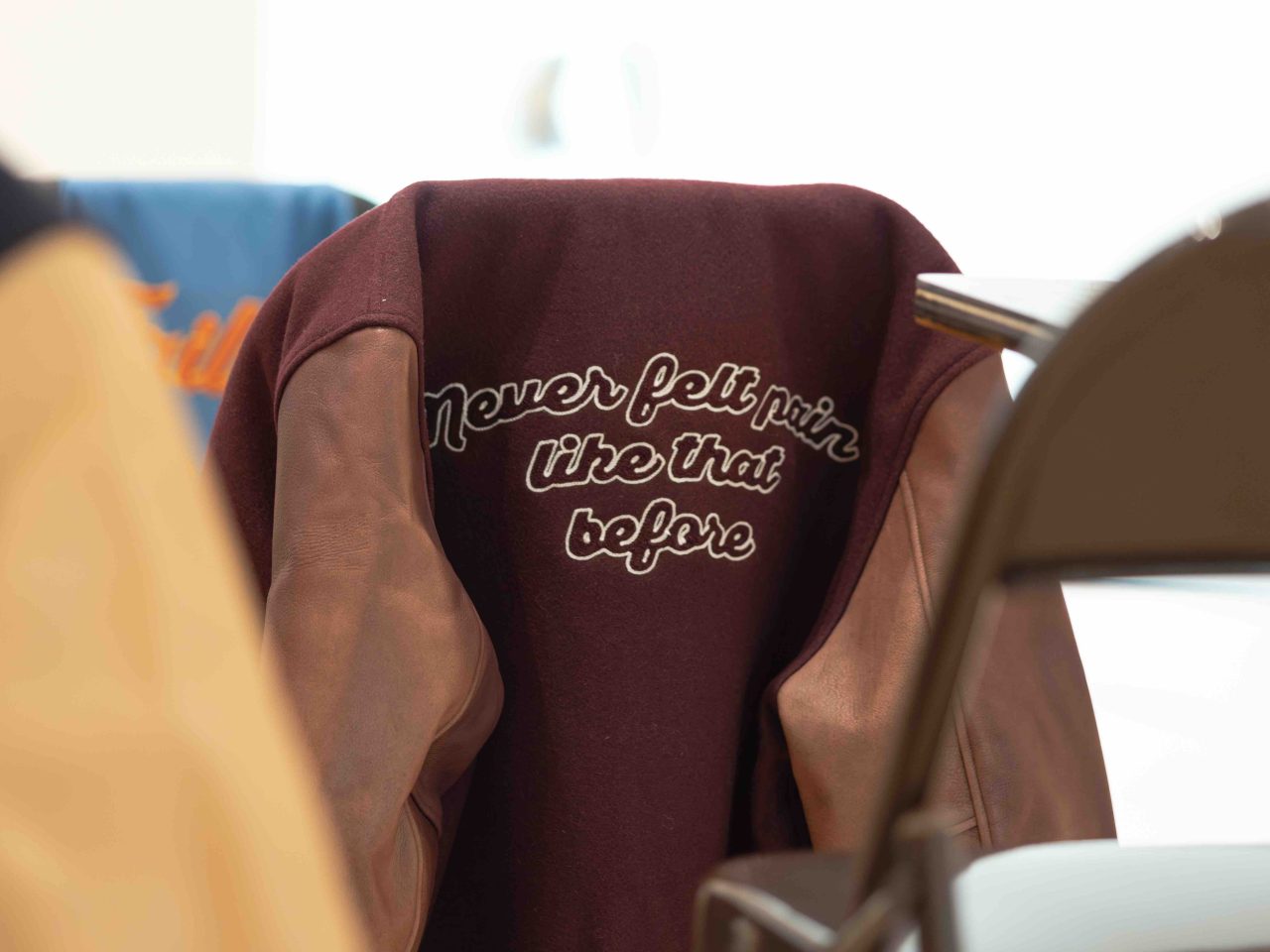 CANCELLED: Power of Influence: The Intersection of Arts and Sports for Social Change
CANCELLED: Power of Influence: The Intersection of Arts and Sports for Social Change This is not a tour: Resistance Training
This is not a tour: Resistance Training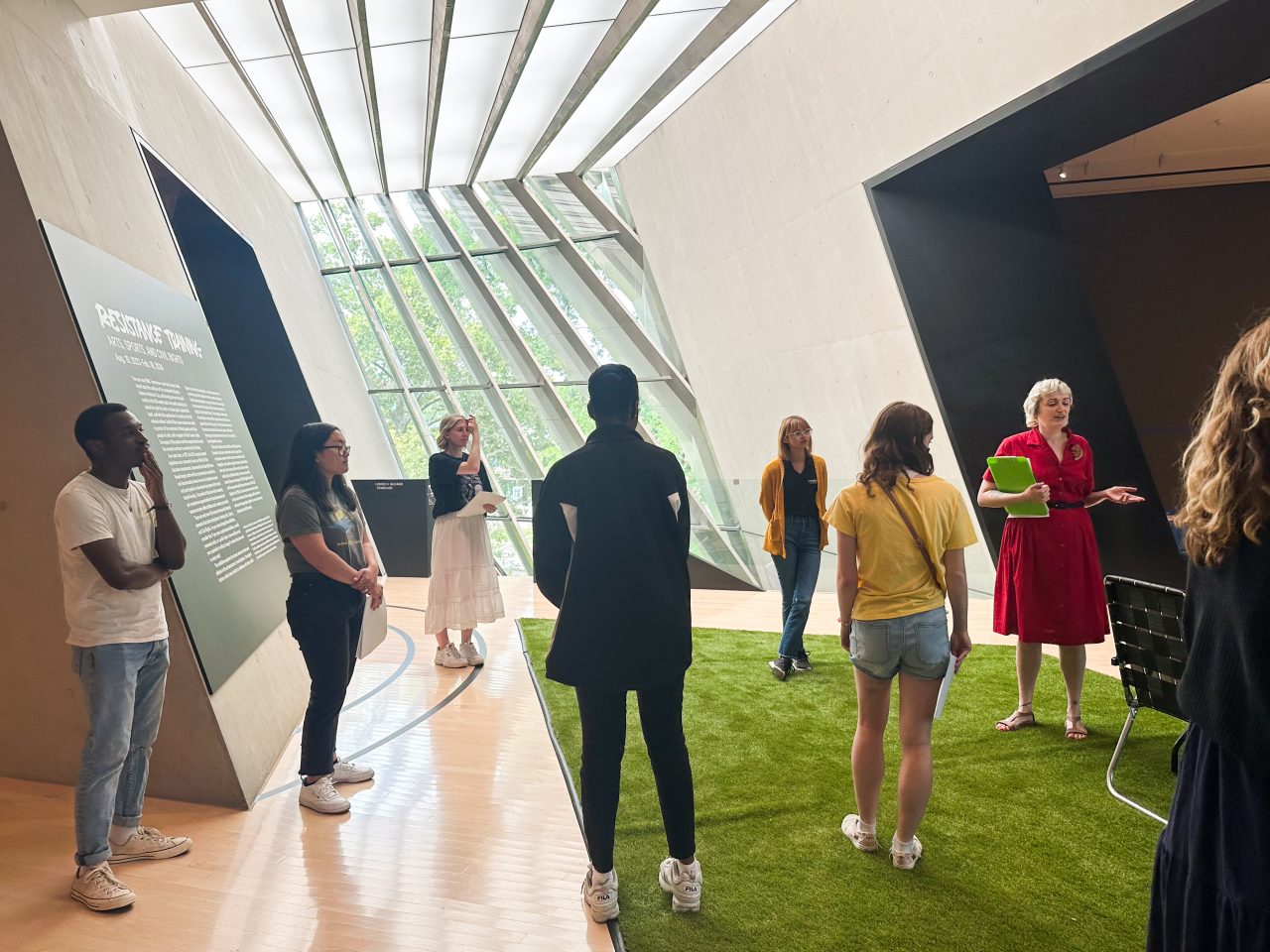 (De)Tour: Game Changers
(De)Tour: Game Changers